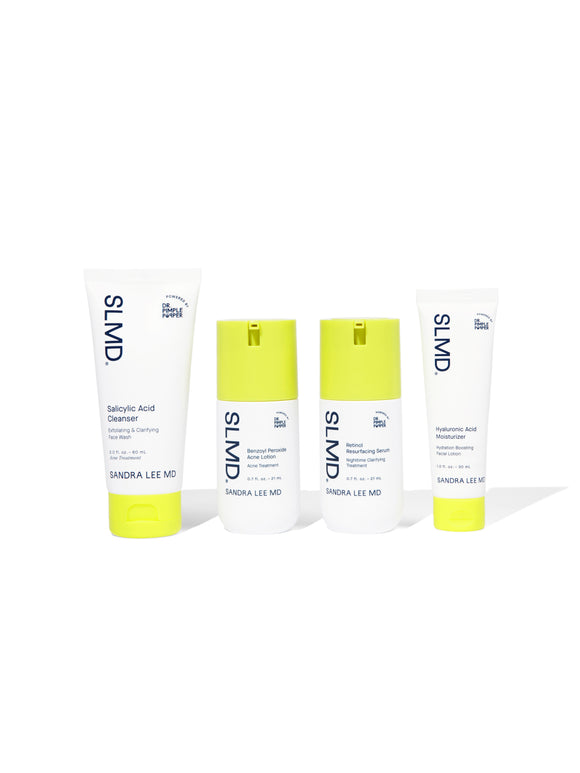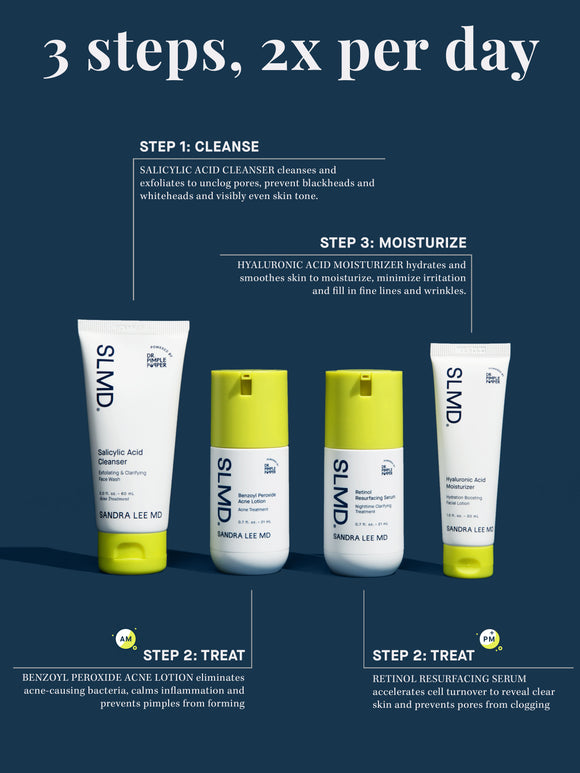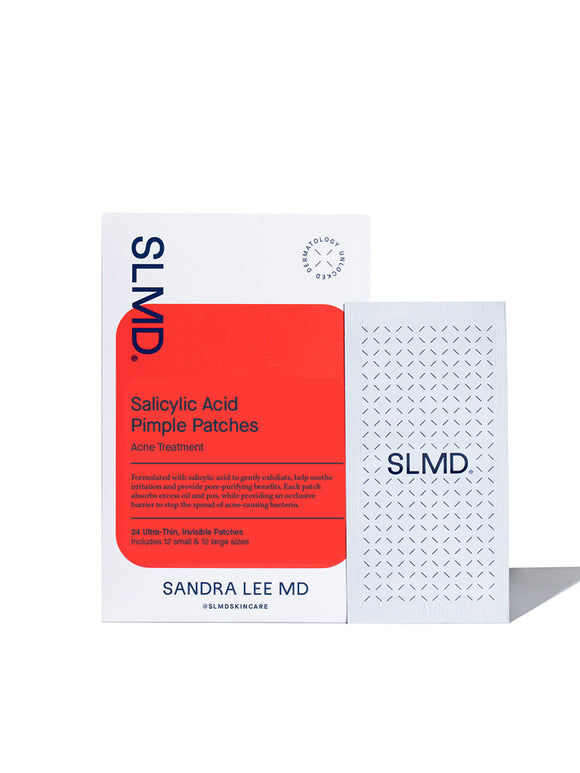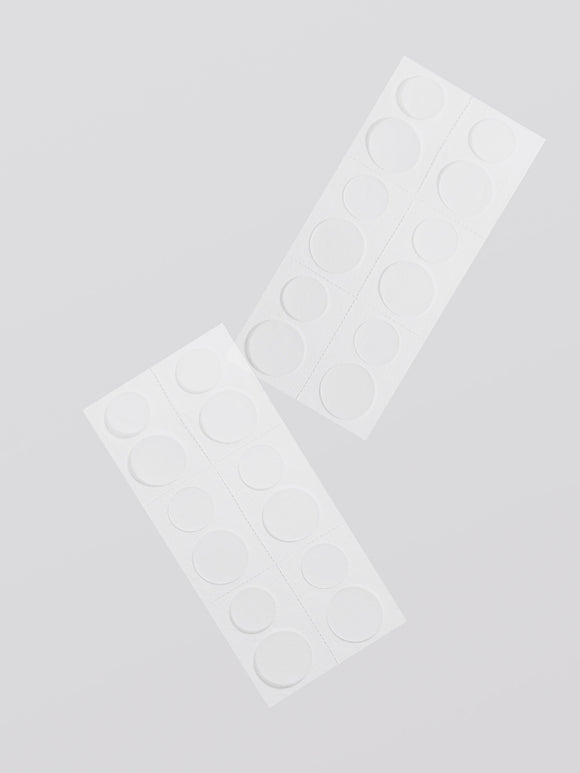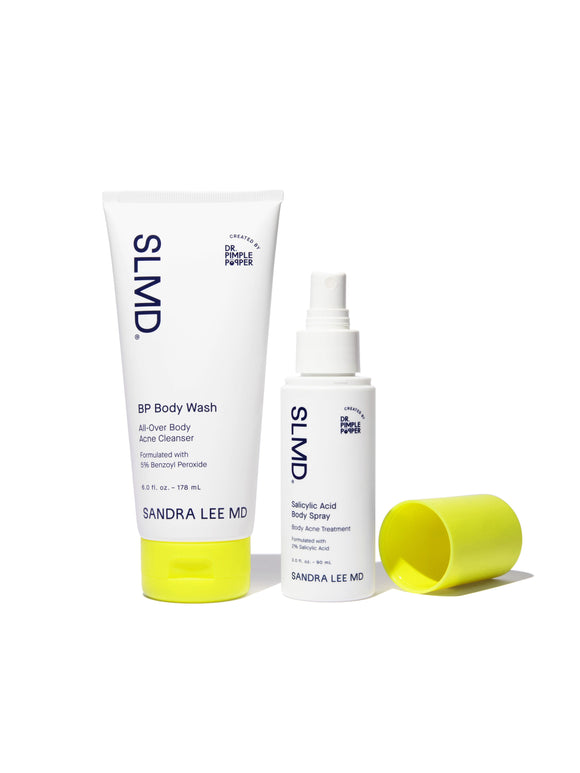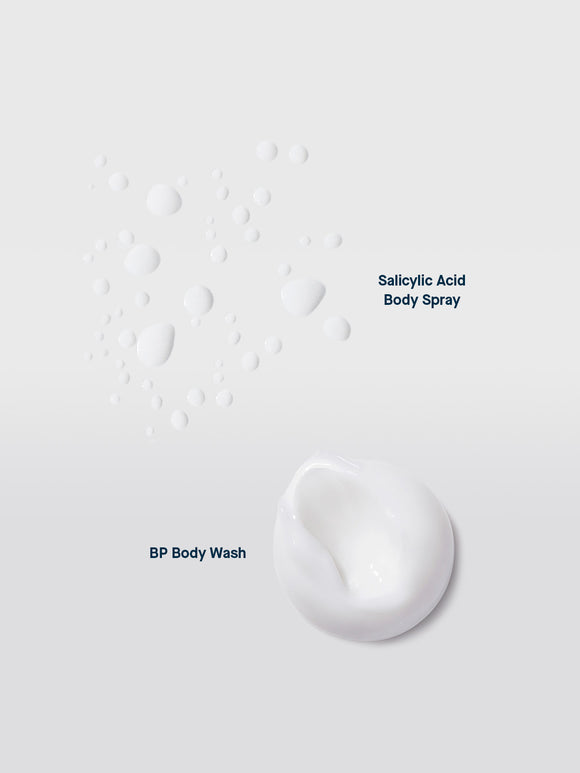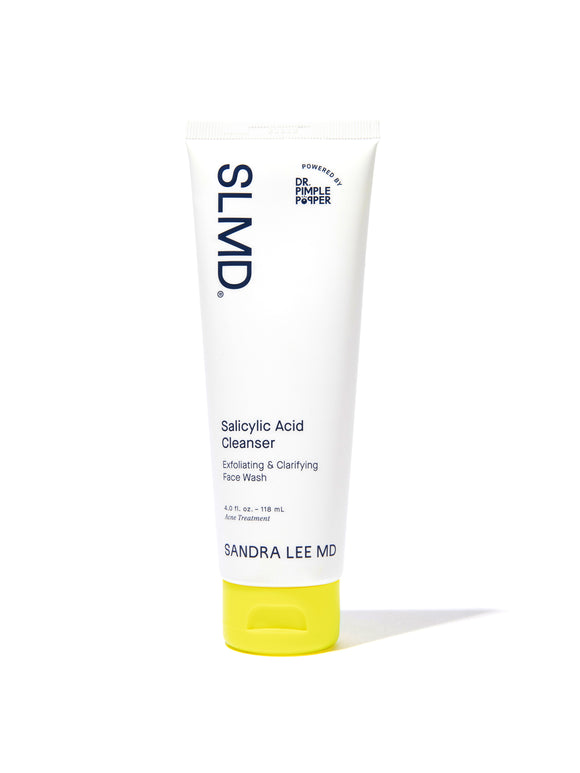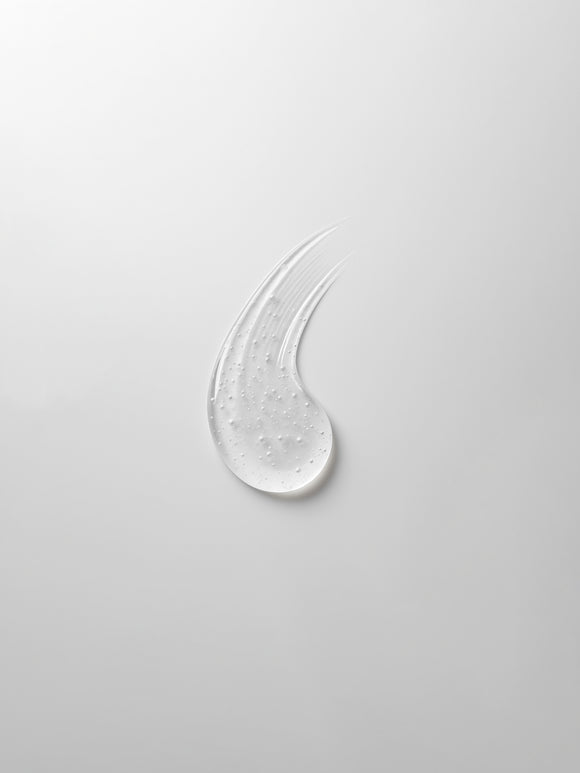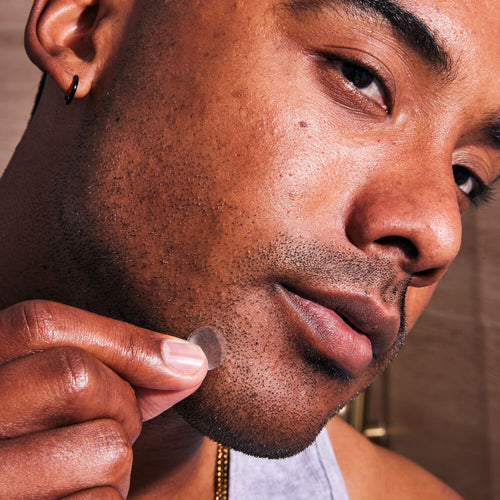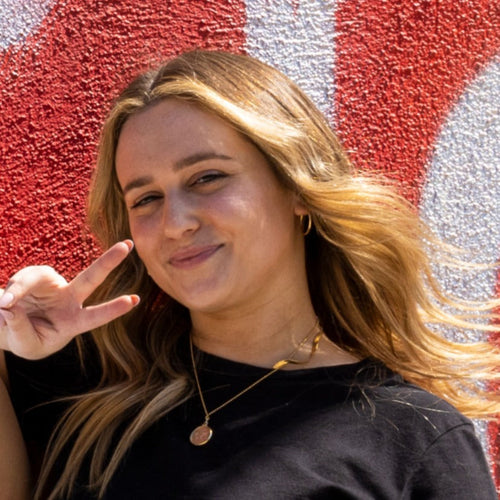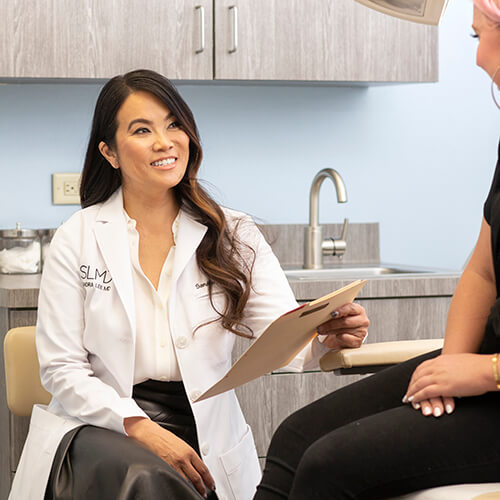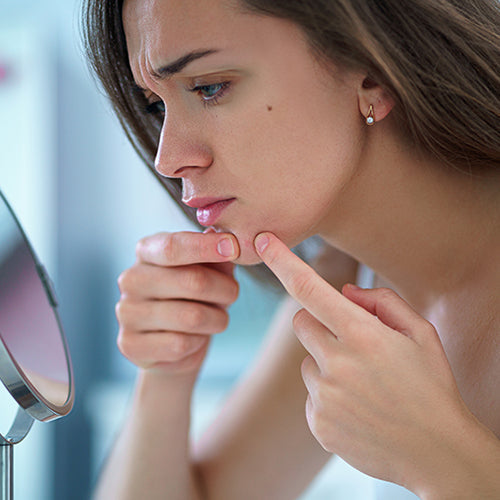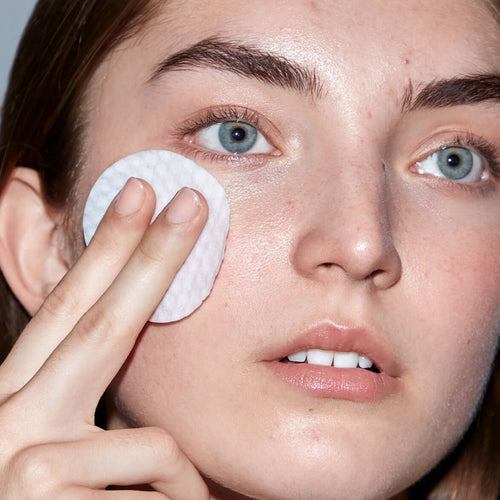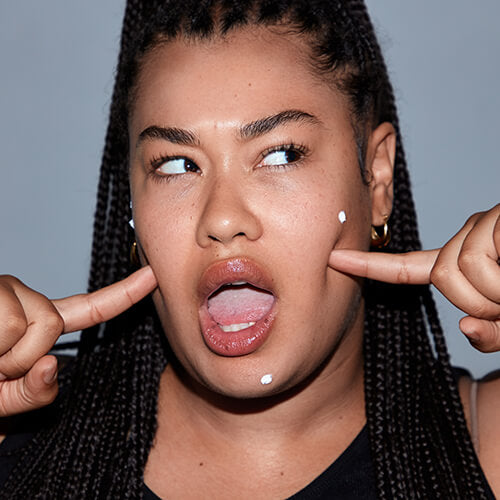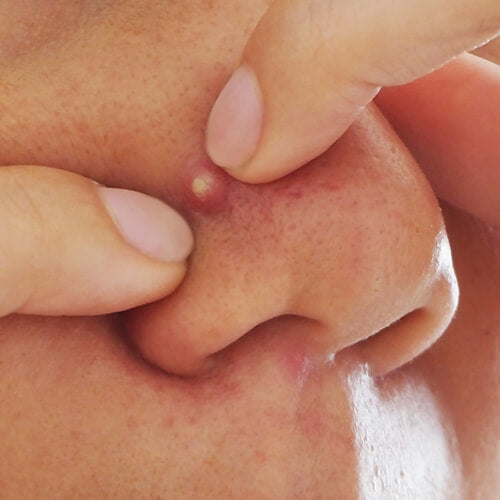
Why Picking Pimples Causes More Damage Than You Think
Popping isn't good, says Dr. Pimple Popper — but picking can be even worse. Here's why.
Published:
4 minute read
What’s more tempting than popping a pimple? We get it — Dr. Pimple Popper is our founder, after all. But here’s the thing: even though she’s famous for extractions, Dr. Sandra Lee doesn’t recommend popping pimples either. Most breakouts heal faster when left alone. If you must, there’s a safe way — but what happens when you go beyond popping and start picking?
While popping pimples the wrong way can lead to damage, picking at your skin is even worse. Here’s why picking does more harm than good — and how to stop.
Article Quick Links
Popping vs. picking: what’s the difference?
People often use these terms interchangeably, but popping and picking are not the same thing:
- Popping: When done properly, popping a pimple aims to extract its contents safely to speed up healing. However, Dr. Lee advises against popping whenever possible — even when using the right technique.
- Picking: Mindless or aggressive picking irritates the skin, making acne worse and increasing the risk of scarring.
If you're set on popping a pimple, there’s a right way to do it.
For some, picking at acne can become compulsive. This is known as excoriation disorder (dermatillomania) — a serious condition that can lead to long-term scarring. If this sounds familiar, our guide on skin picking disorder may help.
Dr. Pimple Popper's Hands-Off Acne Treatments
Why picking pimples is bad for your skin
1. Picking introduces bacteria
Whether you're absentmindedly touching your face or intentionally squeezing a pimple, chances are your fingers aren’t clean. That means you’re transferring dirt, oil, and bacteria into the already inflamed area, increasing the risk of infection — which can lead to even bigger, more painful breakouts.
2. Picking spreads acne
When you pick at an inflamed pimple, you risk rupturing it beneath the surface, allowing pus and bacteria to spread to surrounding pores. This can turn one breakout into several, prolonging the healing process and leading to more breakouts over time.
3. Picking leads to discoloration and scarring
Even if you successfully extract a pimple, picking can cause post-inflammatory hyperpigmentation (PIH) — dark marks that can take months (or longer) to fade.
- Darker skin tones: PIH often appears brown
- Lighter skin tones: PIH can show up as red or purple
In more severe cases, aggressive picking damages collagen, causing permanent scars that don’t go away on their own.
Want to know what’s happening underneath your skin when you pop or pick? Here’s what’s inside a pimple.
How to stop picking at pimples
Breaking the habit isn’t always easy, but these strategies can help:
1. Get your acne under control
One of the best ways to reduce the urge to pick? Fewer pimples to pick at. Dr. Lee recommends dermatologist-approved acne-fighting ingredients:
- Salicylic acid: clears out clogged pores
- Benzoyl peroxide: targets inflammatory acne
- Retinol: prevents clogged pores and supports skin renewal
If you’ve been using an acne regimen (like SLMD Acne System) for a few months without results, or you're concerned about scarring, a dermatologist can assess your skin and recommend additional treatment.
2. Use spot treatments
For those hard-to-resist pimples, both spot treatments and acne patches can help prevent picking while speeding up healing:
-
Salicylic acid spot treatments: help clear
blackheads and whiteheads by unclogging pores (try
SLMD Salicylic Acid Spot Treatment).
-
Benzoyl peroxide spot treatments: best for
inflammatory pimples, targeting bacteria and reducing redness (try SLMD BP Acne Spot Treatment).
-
Pimple patches: medicated patches absorb pus and create a protective barrier (try
SLMD Salicylic Acid Pimple Patches).
3. Set reminders and remove triggers
- Leave sticky notes in your bathroom that say “Hands off!”
- Ask a friend or coworker to call you out when you pick
- Get rid of magnifying mirrors — they make every flaw seem worse than it is
With time and the right tools, you can break the habit — and your skin will thank you.
Frequently asked questions about picking pimples
Q: Why is it so hard to stop picking at my skin?
A: Picking is often more than just a bad habit — it can be a response to stress, anxiety, or even boredom. Sometimes, people don’t even realize they’re doing it until after the damage is done. If you’re struggling to stop, you’re not alone. If picking is becoming compulsive or leading to scars, you might have something called dermatillomania.
Q: Does picking at a pimple always cause scarring?
A: Not necessarily, but it raises the risk significantly. Some pimples may heal on their own, but picking can damage deeper layers of skin. This can lead to dark spots (post-inflammatory hyperpigmentation) or permanent scars that take months — or longer — to fade. The more trauma your skin experiences, the harder it is to heal properly.
Q: What should I do if I accidentally pick at a pimple?
A: First, stop before you do more damage. Then, gently cleanse the area with a mild, non-irritating cleanser to remove any bacteria. If the skin is broken, apply a pimple patch (like SLMD Salicylic Acid Pimple Patches) to protect it while it heals. If you're concerned about post-picking marks, use a resurfacing treatment with niacinamide or glycolic acid to help fade discoloration over time (try SLMD AHA/BHA Swipes).
Q: Are there any tools or products that can help me avoid picking at pimples?
A: Absolutely! If you tend to pick at breakouts, using pimple patches can help — they create a physical barrier while promoting healing. Keeping your hands busy with a fidget tool or stress ball can also help redirect the habit. And don’t underestimate the power of a good skincare routine — when your skin is properly hydrated and treated with the right ingredients, you may feel less of an urge to pick in the first place.

Dr. Lee's Last Word
I know how tempting it is to pick — or even pop — your pimples. But as a dermatologist, I also know that both can cause long-term damage. A consistent acne regimen and spot treatments can make a huge difference. But if picking is leaving marks or becoming hard to control, it’s time to talk to a doctor.



